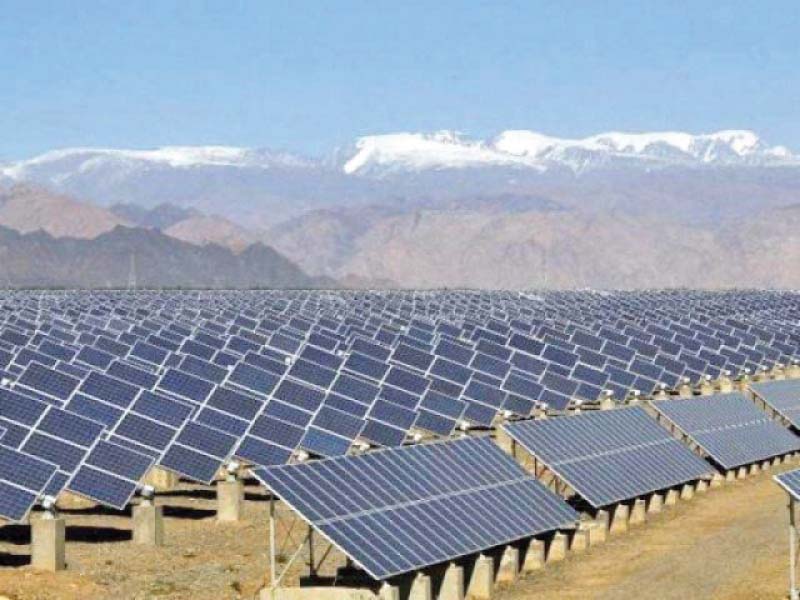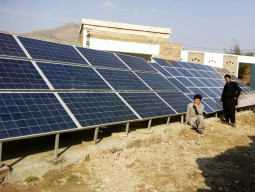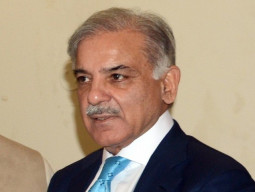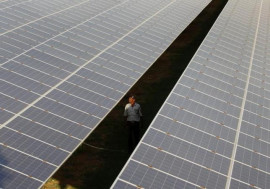
The solar plant in Iran would have been the first renewable energy investment outside Europe by Quercus and the world’s sixth largest, with a 600 megawatt (MW) capacity.
Solar-wind hybrid plants will save Pakistan cost, better utilise capacity
Iran has been trying to increase the share of renewable-produced electricity in its energy mix, partly due to air pollution and to meet international commitments, hoping to have about 5 gigawatt in renewables installed by 2022.
In June, before the US-imposed sanctions, more than 250 companies had signed agreements to add and sell power from about 4 gigawatt of new renewables in the country, which has only 602 MW installed, Iranian energy ministry data showed.
Washington reimposed sanctions last week after pulling out of a 2015 international deal aimed at curbing Iran’s nuclear programme in return for an easing of economic sanctions.
US president Donald Trump has also threatened to penalise companies that continue to operate in Iran, which led banks and many companies around the world to scale back their dealings with Tehran.
“Following the US sanctions on Iran, we have decided to cease all activities in the country, including our 600 MW project. We will continue to monitor the situation closely,” Quercus chief executive Diego Biasi said in an email on Tuesday.
The firm will continue to monitor the situation closely, said Biasi, who declined to comment further. Last year Quercus said it would set up a project company and sell shares via a private placement after attracting interest from private and institutional investors, including sovereign wealth funds.
Construction was expected to take three years, with each 100 MW standalone lot becoming operational and connecting to the grid every six months.
Sanctions bite
Independently-owned Quercus has a portfolio of around 28 renewable energy plants and 235 MW of installed capacity. The firm, founded by Biasi and Simone Borla in 2010, controls five investment funds and has a network of “highly regarded external partners,” it says on its website.
The 600 MW plant, it aimed to construct in Iran, would be the firm’s largest investment. Quercus declined to comment on the details of its decision to cease the plan and on any financial losses that could result from it.
Fearing the consequences of the US embargo, a string of European companies have recently announced they would scale back their business in Iran. On Tuesday, German engineering group Bilfinger, said it did not plan to sign any new business in the country, while automotive supplier Duerr on Aug 11 said it had halted activities in Iran.
Iran tells UN it will hike uranium enrichment capacity
Another project, planned by Norway’s Saga Energy, which said last October it aimed to build 2 GW of new solar energy capacity in Iran and to start construction by the end of 2018, has also stalled.
Saga Energy’s chief of operations Rune Haaland told Reuters it was still working on getting the funding, which is more complicated since recent developments, and although it aimed to push on with its plans, construction could be delayed.
Published in The Express Tribune, August 15th, 2018.
Like Business on Facebook, follow @TribuneBiz on Twitter to stay informed and join in the conversation.









































COMMENTS
Comments are moderated and generally will be posted if they are on-topic and not abusive.
For more information, please see our Comments FAQ